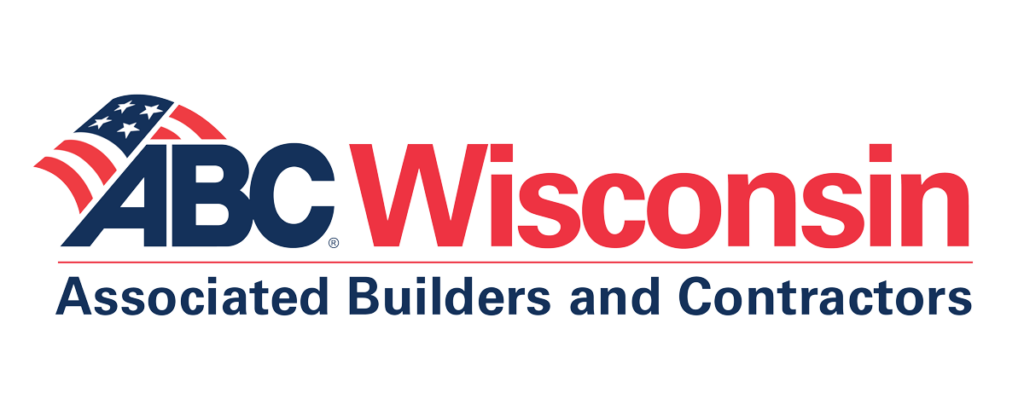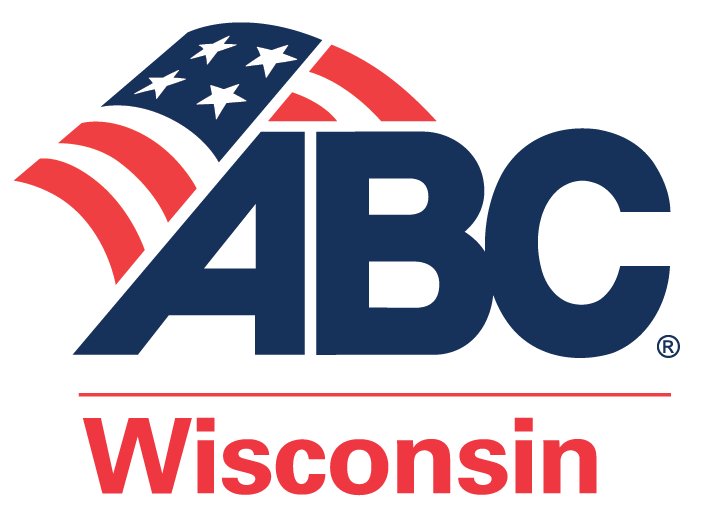REMINDERS FOR CONSTRUCTION COMPANIES AS THE SPREAD CONTINUES
By Charles B. Palmer – Partner, Michael Best
We are all well beyond fed-up with COVID-19. But with the current trends in Wisconsin, all employers need to redouble their efforts at prevention. This includes construction employers, where the challenges are greater, due to the continuously changing work environment, and inability to observe employee behavior throughout the workday.
The business response to COVID-19 “fatigue” needs to be consistent with regular communication, and defined efforts to track and prevent infection among the workforce. Local health departments in the state have mostly run out of capacity to do contact tracing. This means employers who hope to keep the virus out of their workforce will need to do their own tracing and quarantine employees who are either symptomatic, have a positive test, or were exposed to someone with COVID-19. This should be part of your company business plan, at least through the end of 2020. This article discusses communication and contact tracing.
YOUR COMPANY CANNOT OPERATE IF A LARGE GROUP OF YOUR EMPLOYEES IS ILL FOR WEEKS – ESPECIALLY AS YOUR JOBS ARE PREPARING FOR THE WINTER MONTHS.
Communication (Reminders)
Recently, the emails I have been receiving from the CEO of a large pipeline construction company in the Milwaukee area have started to contain the following closing: I wear my face covering in public for three reasons – (1) HUMILITY – I do not know if I have COVID as it is clear that people can spread the virus before they have any symptoms. (2) KINDNESS – I do not know if the person I am near has a child battling cancer or cares for an elderly parent. (3) COMMUNITY – I want my community to thrive, businesses to remain open and employees to stay healthy. Keeping a lid on COVID helps us all!
Stay Safe & Healthy!
This is a simple example of communication that will help to overcome the natural reaction we all are having to the pandemic and burden of wearing masks. It does not just address workplace compliance. It reminds employees and those who have a connection with your company (i.e. potential close contacts to your employees) that this responsibility is broader than just work hours. Craft your own message and share it often.
We want to get back to normal, so compliance with distancing, mask wearing and hygiene practices have lapsed across the state. And we are seeing the consequences in the number of cases. As leaders of businesses, it is up to us to fight against these lapses, and to communicate your commitment to efforts to prevent the spread. Watch for lapses in compliance among your employees and encourage renewed efforts at compliance.
Remind them that as the holidays and hunting season approach, distancing, mask-wearing and hygiene practices are still important. Share information from the CDC on safe holiday gathering practices found here: https://www.cdc.gov/coronavirus/2019-ncov/daily-life-coping/holidays.html
As the quote above points out, wearing masks (and distancing) is a part of business planning, since increased COVID-19 cases threaten our community and therefore, the success of your business.
COVID-19 Case Response – Contact Tracing
If you wait for a positive test result to act, you are too late. The communication on the spread of the disease and causes has been confusing. But over the past eight months, we have worked with employers on thousands of COVID-19 cases, day in and day out. We engaged a medical doctor who also has a PhD in epidemiology to assist our clients and firm to manage COVID-19 response. And from this experience, here is what we found works.
Respond to symptoms early; even minor ones. Time and again we have worked with clients to quarantine individuals who have minor symptoms such as a scratchy throat, headache, cough or congestion. The company asked the employee to stay home. The symptoms worsened and the employee tested positive. Managing minor symptoms avoided infection of others. The lesson learned was to keep reminding employees to stay home if any symptoms occur. The challenge was to catch the case early, but not put somebody out of work for two weeks for allergies or a headache.
The solution to this challenge: If the symptoms are minor, we send the employee home for three days and ask that they get a test. Tests are free. If the symptoms go away after a day, and stay away, and they test negative, they can return to work on the fourth day, subject to precautions set forth below. If the symptoms start as major symptoms or progress, then the quarantine is longer. Major symptoms include loss of taste or smell, fatigue, dry cough, fever, body aches. In those cases, the employee is asked to quarantine for 10 days (the last day must be fever free) in accordance with CDC guidelines. They are also requested to get a test, but don’t wait for a test result to quarantine a symptomatic person.
Perform Contact Tracing Immediately: If an employee is reporting any symptoms, we look at the 48-hour period before the symptom on-set. Who was exposed to the employee during this period? Was the exposure within six feet for a “cumulative” 15 minutes over a 24-hour period? If so, then that “close contact” is also quarantined. This should all be documented on a standardized questionnaire. The data from that questionnaire should be added to a spreadsheet of all cases. This information should be maintained as confidential by HR.
Again, if the person with symptoms, has only a very minor symptom (as noted above), and resolves quickly (in a day or two), and also tests negative, you may consider returning both individuals to work with the advice of a medical professional. But they must be committed to taking certain precautions: take their temperature twice a day, wearing their mask at all times, maintaining a six-foot distance at all times, reporting any new symptoms and maintaining hygiene practices.
Where an employee reports a positive test, the employee must not be returned to work. Also measure a 48-hour period prior to that test having been taken (the date the swab was taken, rather than the date of receipt of results). Perform the same contact tracing among your workforce noted above.
Reports of Exposure by an Employee: Employees should be encouraged and required to report exposure to someone with COVID-19 symptoms or a positive test (on or off the job) immediately. If the employee is reporting that they were exposed to someone with COVID-19 during the period starting two days prior to that person’s positive test or symptom on-set (i.e. the beginning of the contagious period), then they may have been infected. Upon receipt of this report, the employee (employee #1) should be quarantined for 14 days.
But don’t stop there. Now you need to determine if other employees (employee #2) had close contact with this employee #1. The period of concern is the period starting two days after employee #1 was exposed. The science on the subject indicates that a person who is infected will become contagious two to 14 days after exposure to the virus. If employee #1 was exposed to someone with COVID-19, and came to work any time in that two to 14 day period after the exposure, then perform contact tracing as described above. We do this because if your employee #1 becomes symptomatic or tests positive, you can immediately quarantine employee #2. Many times, nobody looks for employee #2, until employee #1 becomes symptomatic or tests positive. By then employee #1 may not remember who he/she had contact with. So, it is important to do this additional contact tracing step, as soon as you know one of your employees was exposed and was at work two or more days after that exposure.
This process is complicated and can be confusing in the real world. Ideally it should be left to experts. But that is not possible because, given the vast number of cases, there are only a fraction of the contact tracers that are needed. And in Wisconsin, we have exceeded capacity.
Conclusion
These are challenging times for everyone. Build into your business plan the response needed to keep Wisconsin open. Communicate often about the importance of safe practices. Be a creative leader. Do the contact tracing that is needed to control the spread. Tell employees to stay home if they are sick, to wear masks and follow guidelines on and off the job. Your employees are more likely to listen to you than to political leaders.
Charles B. Palmer is a Partner and Sub-Practice Leader, Workplace Safety & Health with Michael Best. He can be reached at cbpalmer@michaelbest.com or 262.956.6518.











